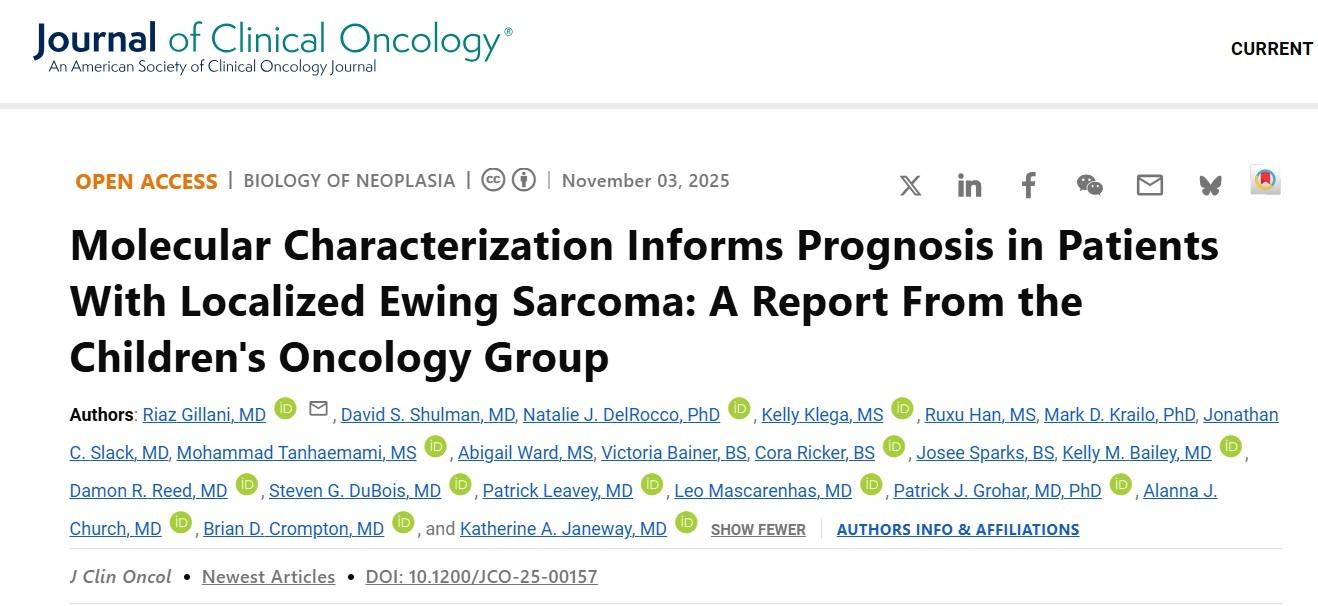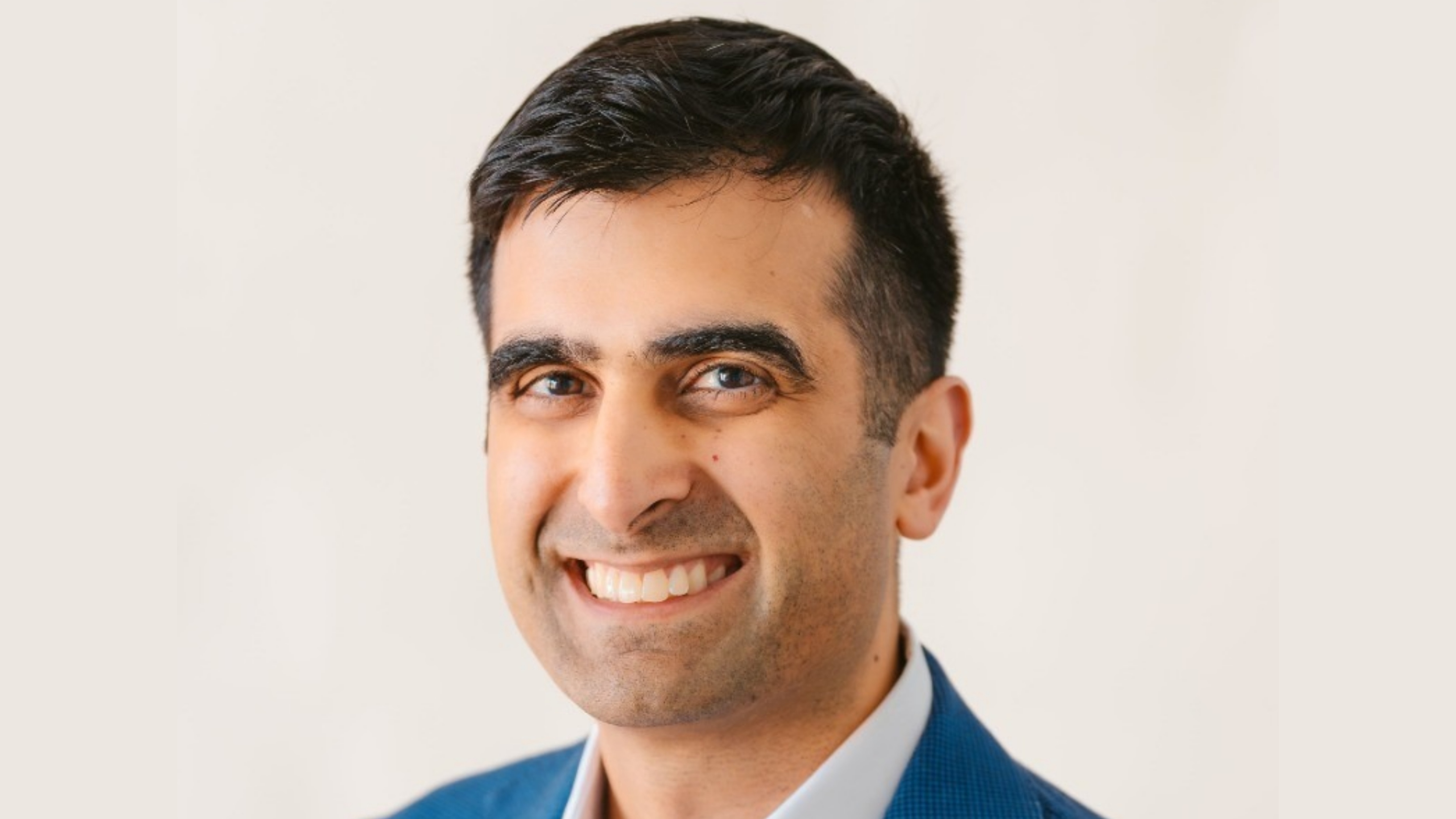Riaz Gillani, Assistant Professor at Dana-Farber Cancer Institute and Assistant Professor of Pediatrics at Harvard Medical School, shared a post on LinkedIn about a paper he co-authored with colleagues published in the Journal of Clinical Oncology:
“Excited to share our recent paper on molecular biomarkers in Ewing sarcoma!
One step closer to risk stratification for this aggressive cancer that impacts children, adolescents, and adults.
This work was made possible because of great colleagues and collaborators: David Shulman, Natalie DelRocco, Kelly Klega, Alanna Church, Brian Crompton, Katherine Janeway, and so many more.
So grateful for the support of our funders and institutions: Children’s Oncology Group, National Cancer Institute (NCI), Rally Foundation for Childhood Cancer Research, Conquer Cancer, the ASCO Foundation, Pediatric Cancer Research Foundation, St. Baldrick’s Foundation, Pan-Mass Challenge, Dana-Farber Cancer Institute, Boston Children’s Hospital
Learn more about the work of the Gillani Lab in Computational Pediatric Cancer Research and opportunities to partner with us in our mission to understand what causes and enables pediatric/ young onset cancer so we can better treat our patients.”
Katherine Janeway, Associate Professor of Pediatrics at Dana-Farber Cancer Institute, also an author of the article, shared this post, adding:
“Congratulations to Riaz Gillani on new work defining molecular subgroups associated with outcomes in Ewing sarcoma. Collaboration on many levels is the key to rare cancer research!”
Title: Molecular Characterization Informs Prognosis in Patients With Localized Ewing Sarcoma: A Report From the Children’s Oncology Group
Authors: Riaz Gillani, David S. Shulman, Natalie J. DelRocco, Kelly Klega, Ruxu Han, Mark D. Krailo, Jonathan C. Slack, Mohammad Tanhaemami, Abigail Ward, Victoria Bainer, Cora Ricker, Josee Sparks, Kelly M. Bailey, Damon R. Reed, Steven G. DuBois, Patrick Leavey, Leo Mascarenhas, Patrick J. Grohar, Alanna J. Church, Brian D. Crompton, Katherine A. Janeway.
You can read the full article in Journal of Clinical Oncology.

